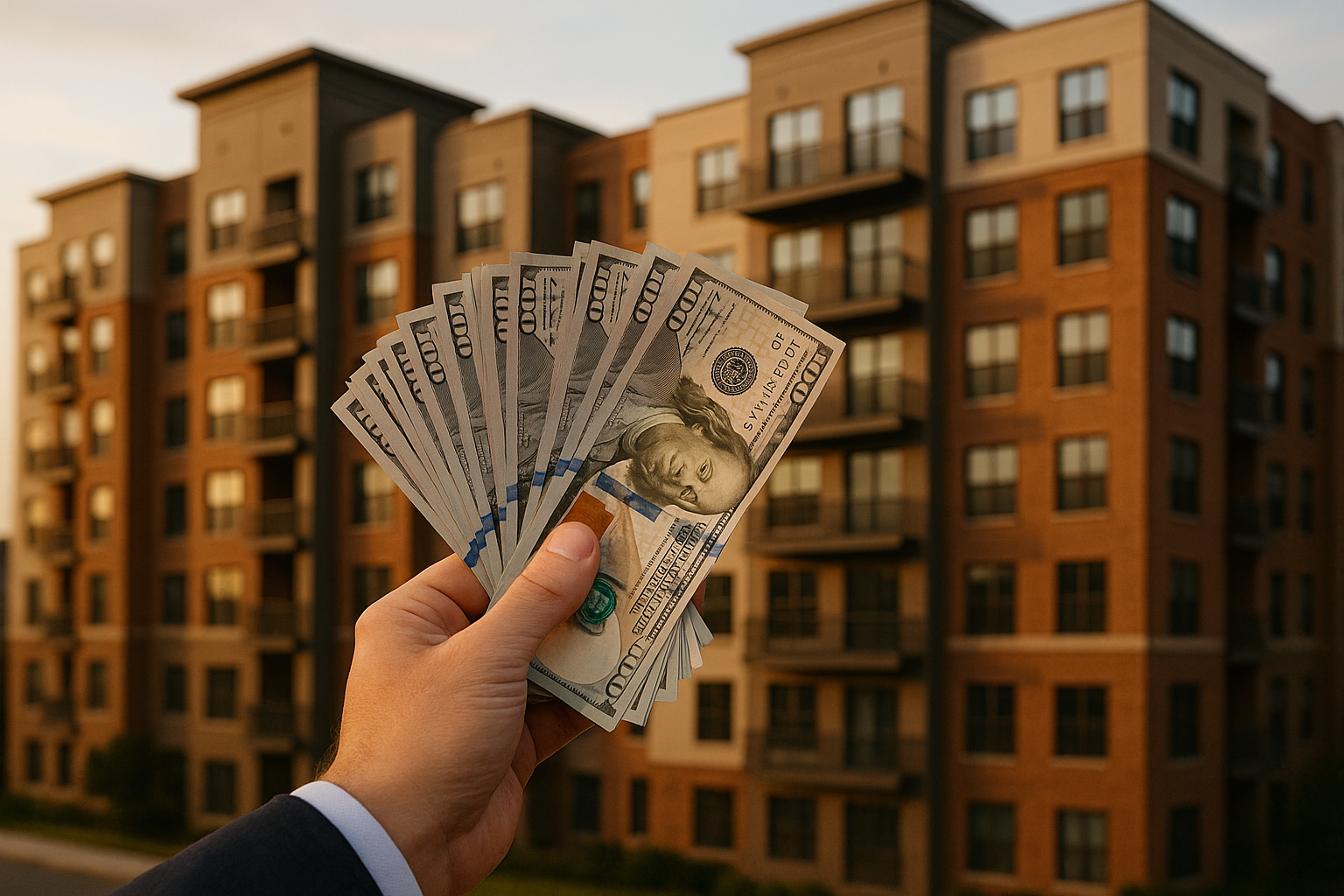Why Buying a Backyard Apartment Could Be a Smart Investment
Buying a backyard apartment offers a unique opportunity for those looking for affordable housing options or real estate investments. This article explores the advantages of purchasing a backyard apartment, key considerations before making a purchase, and what to look for in a property that includes a backyard unit. Whether you’re considering it as a personal residence or an investment, this guide will help you understand why buying a backyard apartment might be the right choice.

The real estate landscape continues to evolve, with innovative housing solutions gaining popularity among investors and homeowners alike. Backyard apartments represent a compelling investment strategy that addresses housing shortages while providing financial returns. These compact living spaces have transformed from simple guest houses into sophisticated rental properties that attract diverse tenant demographics.
The Advantages of Buying a Backyard Apartment
Backyard apartments offer multiple investment benefits that traditional properties may not provide. The primary advantage lies in rental income generation, as these units can command competitive monthly rents while requiring lower initial investment compared to full-sized properties. Property owners can achieve positive cash flow more quickly, especially in high-demand urban areas where housing costs continue rising.
Additional advantages include increased overall property value, as ADUs typically add 20-30% to the main property’s worth. These units also provide flexibility for multigenerational living arrangements or can serve as home offices, guest accommodations, or short-term rental properties. The smaller size means lower maintenance costs and utility expenses compared to larger rental properties.
Key Considerations Before Buying a Backyard Apartment
Successful backyard apartment investments require careful planning and research. Zoning regulations vary significantly by location, and many municipalities have specific requirements for ADU construction, parking, and occupancy. Investors must verify local building codes, permit requirements, and any homeowner association restrictions before proceeding.
Financing considerations include understanding that some lenders may have different requirements for properties with ADUs. Property taxes may increase following ADU addition, and investors should factor these ongoing costs into their financial projections. Insurance coverage may also need adjustment to properly protect both the main residence and the accessory unit.
What to Look for When Buying a Backyard Apartment
When evaluating potential backyard apartment investments, location remains the most critical factor. Properties in areas with strong rental demand, good schools, and convenient transportation access typically perform better. The condition and age of existing structures, available utilities, and lot size all impact development potential and costs.
Investors should assess the local rental market to understand pricing expectations and tenant preferences. Properties with separate entrances, adequate parking, and privacy from the main residence tend to attract higher-quality tenants and command premium rents. The overall neighborhood character and future development plans can significantly influence long-term investment returns.
| Investment Type | Initial Cost Range | Monthly Rental Income | ROI Potential |
|---|---|---|---|
| Studio ADU | $80,000 - $150,000 | $1,200 - $2,500 | 8-15% |
| One-Bedroom ADU | $120,000 - $200,000 | $1,800 - $3,200 | 10-18% |
| Converted Garage | $60,000 - $120,000 | $1,000 - $2,000 | 12-20% |
| New Construction ADU | $150,000 - $300,000 | $2,000 - $4,000 | 8-16% |
Prices, rates, or cost estimates mentioned in this article are based on the latest available information but may change over time. Independent research is advised before making financial decisions.
Market Trends and Future Outlook
The backyard apartment market continues expanding as cities nationwide recognize ADUs as viable solutions to housing shortages. Many jurisdictions have streamlined permitting processes and reduced regulatory barriers, making development more accessible for individual investors. This trend suggests continued growth potential for well-positioned properties.
Demographic shifts, including remote work adoption and changing lifestyle preferences, have increased demand for flexible housing options. Younger professionals and retirees often prefer smaller, more affordable living spaces in desirable neighborhoods, creating a stable tenant base for quality backyard apartments.
Risk Management and Due Diligence
Like any investment, backyard apartments carry inherent risks that require careful management. Vacancy periods can significantly impact returns, making location selection and property management crucial for success. Investors should maintain adequate reserves for maintenance, repairs, and potential vacancy periods.
Tenant screening becomes particularly important given the close proximity to the main residence. Establishing clear lease agreements, property rules, and communication protocols helps prevent conflicts and ensures positive rental experiences for both parties.
Backyard apartment investments offer unique opportunities for real estate investors seeking alternative income streams and property value enhancement. Success depends on thorough market research, compliance with local regulations, and careful property selection. While these investments require initial capital and ongoing management, they can provide steady returns and contribute to addressing community housing needs. Investors should consult with local real estate professionals, contractors, and legal advisors to ensure their backyard apartment investments align with both financial goals and regulatory requirements.




